
Бесплатный фрагмент - The mysteries of Aryan civilization
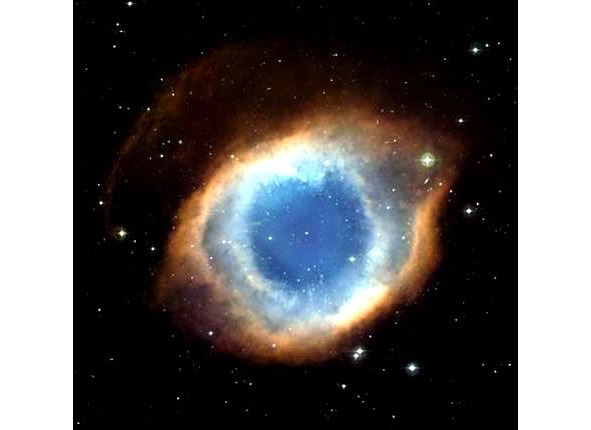
The book of outstanding researchers A. G. Vinogradov and S. V. Zharnikova is devoted to the study of the ancestral home of the Indo-European peoples: Indian, Iranian, Slavic, Baltic, German, Celtic, Romance, Albanian, Armenian and Greek language groups. Part six of this huge work is devoted to the mysteries of the land of the ancient Aryans. The book was written in 1989—90 but could not be published in Russia. Over the past time, additional materials have appeared that confirm the opinion of the authors.
Перевод осуществлен Виноградовым А.Г.
Иллюстрации взяты из издания книги «Загадки арийской цивилизации» на русском языке.
Translation by A.G. Vinogradov
The illustrations are taken from the Russian edition of the book «Загадки арийской цивилизации».
Introduction
In the modern world, the urgency of the problems of the ethnic history of the peoples of various regions of our planet is obvious. The growth of ethnic self-awareness, which has been observed everywhere in recent decades, is accompanied by an increase in interest in the historical past of peoples, in the transformations that each of them experienced in the course of its millennia-old formation. It became a spiritual need for a representative of a modern urbanized society to find the roots of his ethnic existence, to understand the diverse processes that led to the formation of that ethnocultural environment through which he perceives the world around him.
Since the origin and historical existence of the overwhelming majority of the peoples of our planet was associated with numerous migrations, movements to new habitats, causing changes in a number of cultural factors both among the alien people and the indigenous population, today, studying the ethnic history and culture of their people, we, of course, study them in the process of historical transformations and mutual influences of many tribes and peoples, which to one degree or another took part in their formation. Regional ethno-historical research in our time is becoming especially acute, since it is knowledge of the history of one’s own people that helps a modern person to free himself from the narrowness of the nationalist view of the world, to understand the role and significance of the contribution to the common treasury of human culture of all peoples, to realize that humanity is one.
Of course, it is impossible to solve the most difficult issues of ethnic history today without involving data from the most diverse fields of science. It is necessary to combine the efforts of ethnographers, historians, archeologists, linguists, folklorists, anthropologists, art historians, as well as paleobotanists, paleozoologists, paleoclimatologists and geomorphologists, since the development and formation of peoples took place in certain climatic zones, in certain landscapes, with a certain flora and fauna, and this must be taken into account.
Only if the questions posed by ethnic history will be given mutually supportive answers by all of the above branches of science, we can, with a certain amount of confidence, believe that we are close to a true understanding of a particular stage of the historical process. Therefore, at present, the search for an answer to any of the questions of the ethnic history of peoples cannot be considered legitimate without involving data from related sciences.
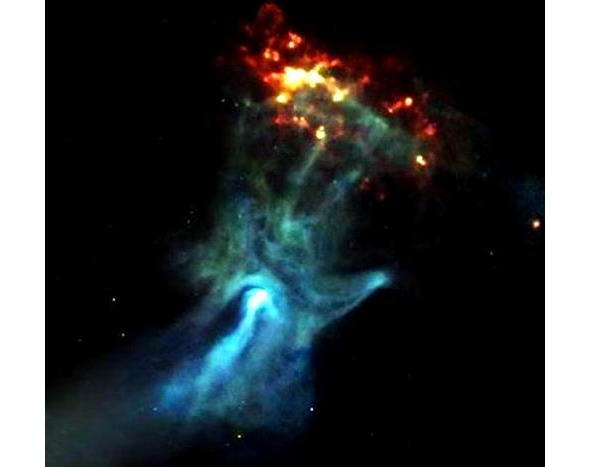
Viktor von Hen responded very interestingly in 1890 about Russian culture: «Russia is a country of eternal change and completely non-conservative, and a country of ultra-conservative customs, where historical times live, and does not part with rituals and representations, no matter how related. The modern culture here is an external gloss, it develops in a wave-like fashion, generates disgusting phenomena; what the Ancient Tradition has preserved with regard to goods, customs, tools, etc., has been invented solidly, rationally, wisely and skillfully used… They are not a young people, but an old one — like the Chinese. All their mistakes are not youthful flaws, but arise from asthenic exhaustion. They are very old, ancient, conservatively preserved all the oldest and do not refuse it. By their language, their superstition, their disposition, etc. you can study the most ancient times. " («Victor Hen, biography.» 1894.)
The Sanskrit texts that have come down to us contain many amazing puzzles related, first of all, to the ancestral home of the Aryans. Here I would like to recall again some of the characteristic features of this ancestral home, preserved by Mahabharata.
Chapter 1 Catastrophes of the stone age
1
Over Canada, Over Canada
The sun sets low.
I should have fallen asleep long ago
Why can’t I sleep?
The sky over Canada is blue
Between birches — slanting rains.
Although it looks like Russia,
Only still not Russia.
These words from the famous song of Alexander Gorodnitsky emphasize the fact of the amazing similarity of flora and fauna, separated by the oceans of eastern North America and Europe. Based on this fact, Alfred Wegener wrote in the book «The Origin of the Continents and Oceans»: «North America used to be close to Europe. Starting from Newfoundland, located close to Ireland, and further north, it was a single block with it and with Greenland».
This was emphasized by the fact that: «The consequences of the rupture of a single faunistic region should have been especially pronounced in North America and Europe, because the rupture occurred relatively late, and paleontological data are correspondingly numerous. In addition, these areas are especially well studied.
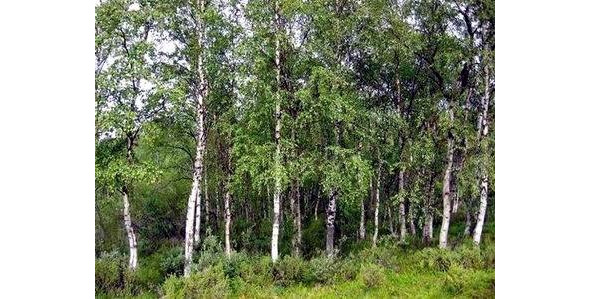
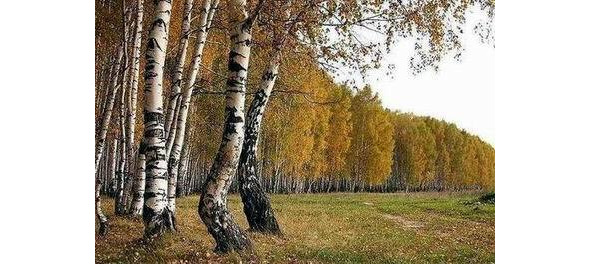
Moreover, the existing ones Due to the short time of isolation, the forms have probably not yet developed very divergingly. Indeed, we find such a correspondence that there is nothing better to wish for. So, in the Eocene we find almost everything suborders mammals in North America and also in Europe.
Similar distribution features are characteristic of other classes of animals.
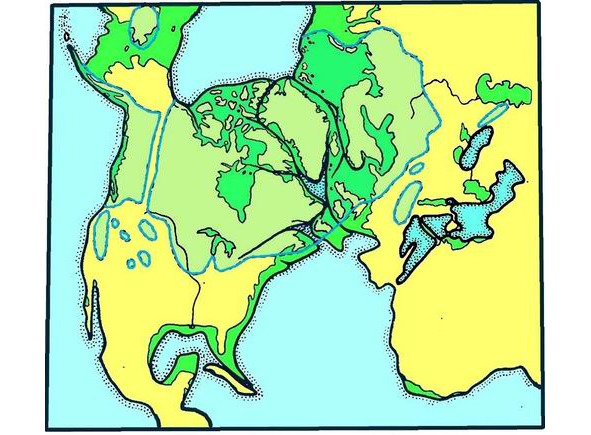
A young family of earthworms (Lumbricidae) is distributed from Japan to Spain, and on the other side of the ocean — only in the eastern United States. Barley is found on the edges of the former contact of the continents in Ireland and Newfoundland and in areas adjacent to these islands on both sides. The percidae family and other freshwater fish are found in Europe and Asia, and in North America only in the eastern part.
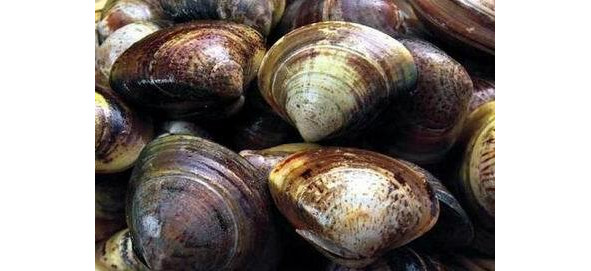
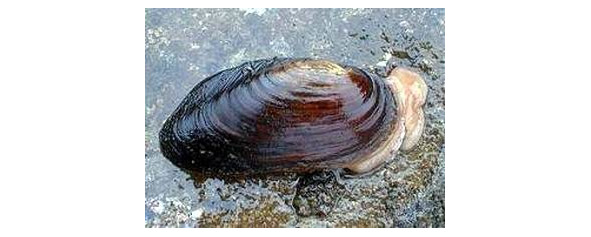

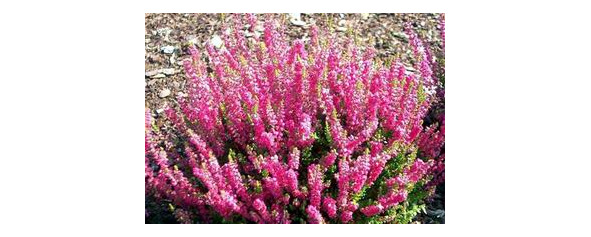
Probably, one should also call the common heather (Calluna uulgaris), which is found in addition to Europe only on the island of Newfoundland and in the areas bordering it.
On the other hand, the distribution of a significant number of American plants is limited in Europe to the western part of Ireland. Although it is possible that the latter can be explained by the influence of the Gulf Stream; with regard to heather, such an explanation cannot be accepted. Especially noteworthy is the spread of field slugs from southern Germany through the British Isles, Iceland and Greenland all the way to the American side, where it, however, is found only on Labrador, Newfoundland.
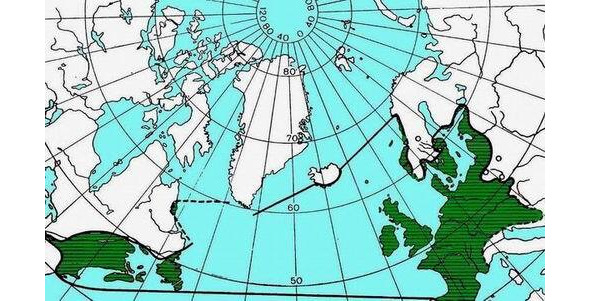
V. A. Yashnov in his work on crustaceans of Novaya Zemlya indicates that the current distribution of freshwater crayfish is best explained by the theory of drift: «With high probability we can say that in hydrobiology many issues of the distribution of lower aquatic organisms, at least Hemispheres can be solved on the basis of the principles of the theory of movement of continents.As an example, we mention the modern scattered distribution of Limnocalanus macrurus, for which passive movement (by wind and birds) due to lack of «at the stages of dormancy.
In the presence of a combination of both continents, according to Wegener’s theory, the distribution range of these species becomes relatively small.»
What could be the reason for the division of the continent?
2
The plot of the liberation of the rivers by Indra as a result of the murder of the Vritra that bound or barred them (Vrtra — harbor, abundance, mountain, from the root of Vrti — shell, cover, obstacle) seems to be extremely interesting for science. It is believed that in the Avesta, Vritra is attested as an independent mythological character of Varabragna. Indra gave the earth a firm footing and at the same time freed the fettered waters and fired the fire enclosed in the hill of Vritra.
In the ordinary sense, rituals dedicated to this feat of Indra could probably be perceived in connection with the spring opening of the rivers, the liberation of the waters from the ice and snow that bound them and with spring floods. But if you think about this plot, then at the mythological level such an interpretation is contradicted by the simultaneity and univariance of the phenomenon, repeatedly emphasized in the Rig Veda and Mahabharata, its clear localization, attachment to a specific geographical region, as well as some circumstances that characterize the incident as extraordinary event.
Considering the main characteristics of the battle of Indra and Vritra, we must note that the time and place of this incident are indicated exactly. According to the Mahabharata, it happened in Crete South.
«The tribes of formidable, ferocious, frantic tribes of Danavas, nicknamed the Kalei, lived in Crete South. In the Vritra…» The chronology of kings and sages — rishis testifies to the same. Thus, according to the Puranas and the Mahabharata, immediately after the assassination of Vritra, King Nahush took the place of Indra until he was overthrown and Yayati became his heir. The Yayati era lasted more than a thousand years, the time of the reign of Nakhusha also amounted to a significant period. Meanwhile, Yayati was considered «mainly belonging to Crete-yuga», that is, part of his era went beyond its borders (possibly in the «twilight» of Crete-yuga). Crete-yuga, according to the total length of 12,000 years adopted in the Mahabharata, began over 10,800 years and ended 6400 years before the last Kali-yuga began in 3102 BC, i.e. between 13900 BC and 9500 BC And if we take into account only Crete South itself without «twilight» (400 years each), then since 13500 BC until 9900 BC But the defeat of Vritra was to happen at least 1—1.5 thousand years before the end of Crete-yuga, i.e. between 13500 BC and 10500—10000 BC.
The location of the battle of Indra and Vritra is also quite localized.
Firstly, the action took place in the north, since after the destruction of Vritra Indra hid in the south in the cool «Sea of Manas», which, according to the Puranas, is located south of Kailasy (a lake region south of the Pinega River).
Secondly: after the crash of Vritra, Indra «released seven streams for running» and «Manu flowed up billowing water.» Here, one should probably recall that one of the highest peaks of the Polar Urals is called Manaraga and the Manaraga River flows from it. (It is interesting that, according to legend, the 13 forefather of Manu attached his ship to the spur of one of the highest peaks of Himavat during the flood).
Thirdly: Vritra was considered a daitya and a Brahmin, but on the whole the east side was Brahmin, and Vritra lay on the great river. The river, which was located in the northeast, is also mentioned in Avesta as the «good Daitiya» adjacent to Ardvi-Sura (Northern Dvina) in Aryan Wedja. This river of daityas could well be called the «waters of Manu» among the Aryans. The only great river flowing in the northeast from the Urals near the Northern Dvina is Pechora, the tributary of which is the Manaraga River.
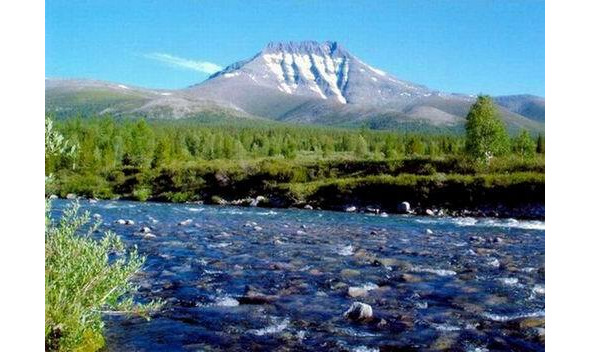
11 thousand BC — This is the end time of the continuous glaciation of the Far North of Eastern Europe. As paleogeographers note: «It was established that the degradation of the last ice sheet of the Pechora lowland, as well as of the entire north-east of the European territory of the USSR, occurred in an unusual way, fundamentally different from the degradation of the Scandinavian ice sheet… the destruction of the ice sheet was accompanied, and possibly caused by a process having a seismic nature, that is, earthquakes.» The question of how strong the earthquake must be to destroy the Pechora glacier with a thickness of up to 700 meters, and what caused it, paleogeographers leave open, but note that: «About 13.5 thousand years ago (i.e. 10,5 thousand BC) The Pechora valley lake was lowered and channels of permanent drains (Pechora and other rivers) formed along the loss of continuity zone, «the Barents Sea ice sheet collapsed, of which the Pechora glacier was a part.
Researchers’ conclusions seem to be extremely interesting: «according to the calculations… for a powerful glacier similar to the Antarctic to arise from a small glacier, it is required at temperatures typical for the Valdai maximum that is 14180 years. With a warm average Valdai or sea climate 16—17 thousand years. "These numbers can be compared with the following lines of the Mahabharata, which say that Vritra, «for the sake of strengthening strength, sixteen thousand years committed the killing of the flesh.»
It remains for us to ask the question: could the destruction of this North-East European glacier and the myth of Indra’s victory over Vritra be related to each other? Here is how Vritra is described in the Mahabharata: «Vrita, which covered itself with heaven and earth from all sides, was guarded by giants — kalaneys; when they waved their weapons, it seemed: the mountains were lifting their peaks.»
«Vritra said: Having appropriated the smells and tastes of various creatures of the slain, I thrived in three worlds. Framed with a radiant crown, I ruled in the heavens, invincible to all creatures, I never experienced fear.» The following fragment of Mokshadharma, telling about the meeting of the gods and Vritra, is especially striking: «Once Indra rode in a chariot surrounded by a somn of gods and saw him standing opposite the mountain-bearing Vritra. He went up five hundred yojanas, the destroyer of enemies, and over three hundred yojanas he was in girth.»
The horns of Vritra are also spoken of in the hymns of the Rig Veda:
«You, O Indra, this mountain, great, wide,
A club of thunder, oh thunderer, split into pieces
You released the bound waters for running. (RV. I, 57, 6).
In the secret of being secretly hidden in the waters
Secretly living, witching serpent,
Overlapping the water and the sky
You killed, O hero …»(RV. II, 11.5).
Chanting Indra, the hymns say that he «With force split the mountain, throwing vajra,» they constantly compare Vritra with the serpent «resting on the mountain», emphasize that he is «legless, armless, faceless.» These descriptions are not very suitable for spring snow or ice on rivers, but to a large extent correspond to the Barents Sea ice sheet.
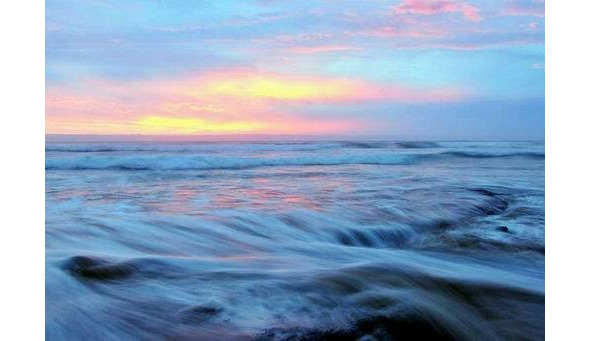
So the size of Vritra — mountains of 300 yojanas in a circle (4800 km.) corresponds to 1528 km. in length and width, which is equal to the established size of the Barents Sea ice sheet. The Barents Sea glacier occupied the entire shelf of the Barents Sea, the Kara Sea, the Bolshezemelskaya and Malozemelskaya tundra, adjoined the Scandinavian and Kara shields and had an area of 2.1 million km, an ice thickness of up to 3.5 km (an average of 1.870 km.) And an ice volume of 4 million cubic km.
An altitude of 500 yojanas (8,000 km.) May mean that something happened at that altitude. In this regard, a fragment of Indra’s anthem (PB. IV, 17), which speaks of his birth, is very interesting:
«The sky shook from the flash at your birth,
The earth shook with fear of your fury.
Strong mountains swayed
Deserts parted, water flows…
When you are born, you are first of all
He terrified all these peoples, O Indra.
Snake damming stock
You cut the vajra, oh generous.»
The same hymn says that Indra «set in motion the wheel of the sun», he stopped the sage Etasha, who ran through the sky, and threw him, furious, «to the bottom of the hide, dark space, into his bosom», i.e. into the depths of the earth.
The further description of the battle is extremely interesting. After a meeting at an altitude of 500 yojan: «from the skies of Vtyra, a hail of stones fell upon the lord of the gods with lightning speed, and the angry crowds of the gods began to shoot arrows, stone rain everywhere, beating off, brought down by Vritra in battle.»
When the battle of the gods and the Danavs, the defenders of Vritra began to boil, then «it was visible… how the heads fell from the heavens, like fruits ripped from cuttings… Armed with clubs, with iron spikes of kalea, gold armor, they were approaching the gods, as if covered the flames of a mountain forest fire. «But Vritra did not help «neither lightning, nor thunder, nor the fog that he spread, nor hail» — the gods moved south to the Sarasvati River, and then returned, armed with a heavenly thundering mace — the vajra, and:
«When Indra and the Serpent Fought
For (all) future times, generous defeated.»
Already as Indra returned and the host of gods with a blazing vajra to continue the battle with Vritra, the last «fever» penetrated and completely enveloped him. «He was terribly pale, his mouth was inflamed, a strong trembling gripped his body, his breathing became very frequent, his body hair rose, he breathed quickly and hard… A blazing flame burst from his sides in a fire…»
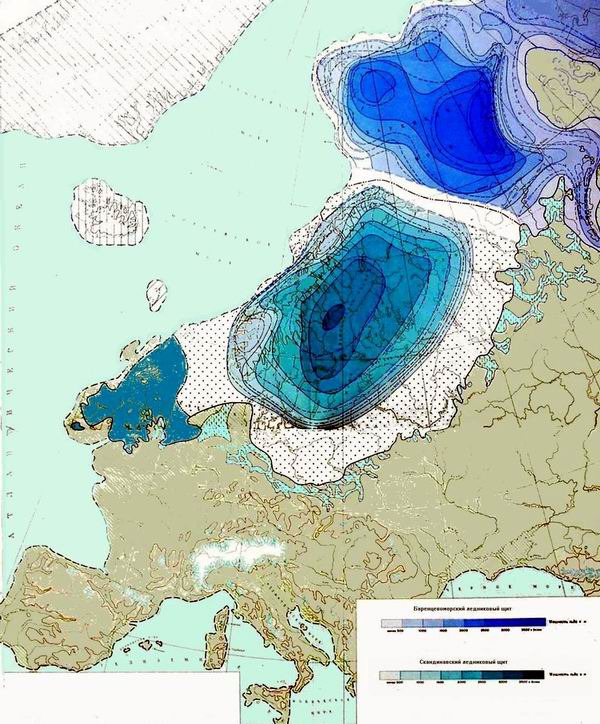
«Vritra erupted in terrible screams. The sides of the world, the firmament, the heavens, the earth and mountains trembled from his roar» and when «the inhuman cry of that great asura sounded: he opened his throat, (he shouted), gripped by a heavy fever… into his open mouth perun pierced the Chakra; the brilliance of that perun was very bright, it’s dying like a flame. Instantly, the huge body of Vritra’s smoke fell. "So, Indra’s celestial mace «forcefully chopped off the head of Vritra, who oppressed both worlds», as a result of which Vritra sank to the «bottom of space», and «the earth increased tenfold» and «the peoples could spread on it».
Thus, the great battle of Indra and Vritra, which was simultaneously taking place both in heaven and on earth, ended with the fact that «this mountain, the great, wide, with a club of thunder (Indra) … broke into pieces» and «released the bound water for running», he» drilled water (channels) … cut through the bowels of the mountains… how moo cows, rushing straight to the sea, run off the waters … (he) released seven streams for running… Through lifeless lying like crumbled reed (Vritra), flowing, billowing water Manu.»
Vritra himself, «faceless from the breach… crushed, lay scattered in different places.» It is characteristic that the nature of the relief has also changed.
«The land was stretched exactly, even the mountain, trying to escape, stopped. The mountain settled down, not dodging.»
It is interesting that it was 12 thousand years ago (i.e., at the turn of 11—10 thousand BC) that the Earth’s geomagnetic field changed.
We can assume that the myth of the battle of Indra and Vritra describes the interaction of a glacier with a space body. Moving at an altitude of 500 yojanas (8000 km.), It for some reason sharply braked and approached the Earth. At this time, probably, the breakaway parts fell and as a result of the impact of a sharp tidal wave and the rise of the earth’s crust, an earthquake occurred, volcanic activity began. Deviating to the southwest, the space object pushed a small cosmic body from its orbit over the Central Russian Upland (or a piece broke off from it).
The following lines of the Mahabharata also testify to the rotation of such a body in Earth orbit: «By that unbreakable, irresistible perun, arising from the Brahmin bones, penetrated by Vishnu, Indra killed Vishvaruna and cut off his head.
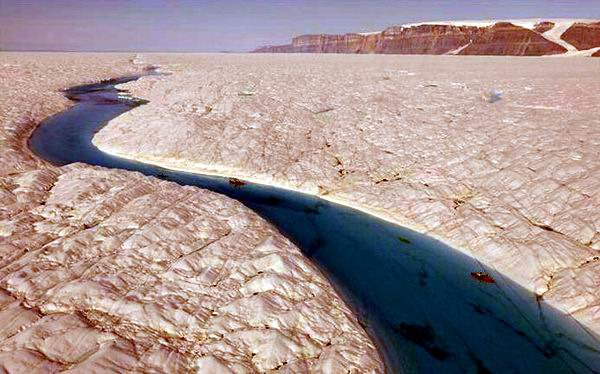
Immediately after this son of Tvashtar, who arose from the fragmented body of Vishvaruna, Indra killed the enemy. «But this «directly» judging by the fact that Vritra existed for at least 16 thousand years, lasted quite a long time, and all this time the «Vajra» rotated in low Earth orbit. As the space object returned to its orbit and the Vajra approached the glacier, tectonic vibrations, volcanism, and glacier bombardment by meteorites intensified. Because of them, cracks went through the massif, intensive melting began, fog from the vapors rose above the glacier, and fire fell on its foot. At the same time, the roar of volcanoes was blocked by a whistle from the falling «Vajra» («noisy club of thunder»). With thunder and thunder, returning, it crashed from the southwest into the body of the glacier, finally breaking a single mass of ice. The fragments from it, bounced off the surface, scattered in different directions, subjecting the glacier to additional bombardment, because «Vajra» «scattered into hundreds of pieces on the head of Vritra.» As a result of tectonic changes, part of the surface in the Barents Sea was lowered and the existing mountain ranges were destroyed.
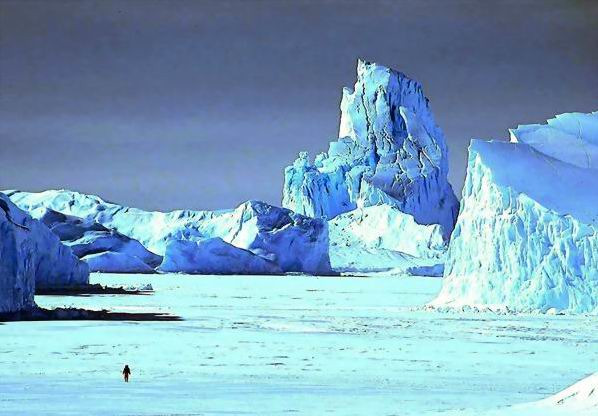
Paleogeographers note a number of features of this region. «A characteristic feature of the history of this (Barents Sea) cover was the very rapid rate of decay, which began, however, relatively late,» and had the appearance of destruction and fragmentation of the glacier. As noted above, detailed studies have shown that «the degradation of the last ice sheet of the Pechora lowland, as well as the entire North-East of the European territory of the USSR, occurred in an unusual way, fundamentally different from the degradation of the Scandinavian ice sheet. Its destruction was accompanied, and possibly caused by the process, seismic in nature, i.e. earthquakes». But the power of these earthquakes had to reach at least 12 points in the vast area from Pechora to Spitsbergen; otherwise they simply would not have been able to destroy a glacier with an area of 2 million square kilometers with 4 million cubic kilometers of ice. In modern science, the question remains open, what could have caused such catastrophic earthquakes in this tectonically calm area, moreover, balanced then by three kilometers of ice, dampening fluctuations in the lithosphere crust (the glacioisostatic trough reached at least 150—170 m.). In the edge part of the glacier, the ice thickness was also significant — not less than 450—700 m.
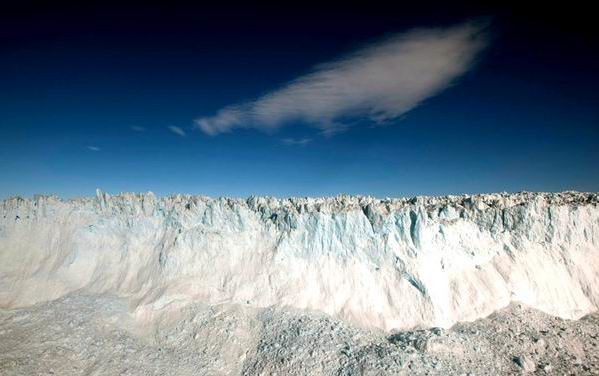
The answer proposed by the Mahabharata and the Rig Veda in the form of a double effect of tidal disturbance from a space object and the fall of fireballs explains this.
The question of the time of the final destruction of the Barents Sea glacier is somewhat more complicated. Thus, a number of researchers believe that the final melting of the glacier on the Pechora occurred after 8 thousand BC, which is associated with the descent of a valley lake that existed at the mouth of the Pechora River in 7400—7200 BC and carried out flow through Sula and Indiga into the sea.
But, firstly: if there was a runoff into the Barents Sea, it means that there was no continuous ice on the sea, and secondly: the river could be blocked both by a residual mountain glacier and as a result of a local tectonic uplift.
Other researchers believe that evidence of the existence of a glacier at the turn of 7—8 thousand BC there are traces of moraines, as well as the dating of buried vegetation in the layers of the Markhid moraine 7—6.7 thousand BC by C14.
But, under them lies woody vegetation of 8 thousand BC, that is, at least at this time, a forest grew in the mouth of the Pechora. As indicated in the 20"Paleogeography of Europe over the last hundred thousand years», moraine formations of «dead» ice, covered with sediment on top, in the blades of glaciers reaching 250 meters in height, could exist even covered with vegetation for at least 3.5 thousand years.
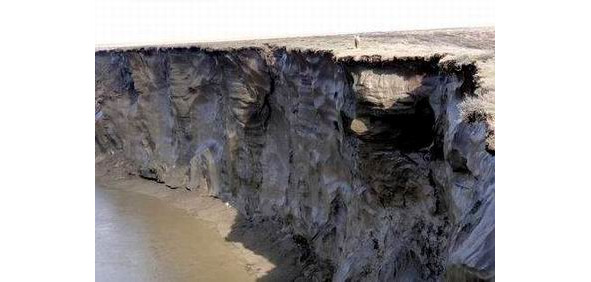
It is noted that in the postglacial period catastrophic mudflows were widespread even in the valleys, and most of the «moraine» formations 15 km long and 1 km wide were attributed to them. In addition, carbon dating for this time (8 thousand BC) is rejuvenated by 1—1.5 thousand years compared to the present age.
According to the latest data, the destruction of the Pechora glacier occurred 12.5
thousand years ago, i.e. in 10—11 thousand BC. Then, in 10—11 thousand BC, a glacier disappeared in Western Siberia, which was part of the same ice sheet with Pechorsky.
The fact that the events described that according to the Mahabharata after the destruction of Vritra, after a long period of time, in order to get rid of the Danavas, the Northwest Ocean was drained moreover, his condition lasted at least 3 millennia.
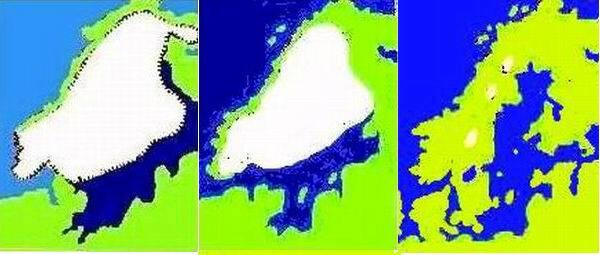
Meanwhile: «on the border of the Allered and the Upper Dryas, the Baltic glacial lake itself is formed. In the beginning, it had a limited connection with the ocean, but after a catastrophic descent north of Mount Billingen, the reservoir level dropped by 25—30 meters and ocean waters penetrated the Baltic.
This event occurred after the formation of the second ridge of Salpausselkä, according to varvametric and radiocarbon data, it dates back to 8.3 thousand BC.
The invasion of the ocean led to the creation of a brackish basin, known as the Yoldian Sea. It occupied only the central part of the Baltic Basin, southwestern and southern regions were in subaerial conditions. (At the same time, water slept in the reservoirs between the Baltic and the White Sea, connecting these seas). Low sea levels persisted until the litorin transgression in 5.2—4.7 thousand BC, when the warm Litorin Sea arose».
The findings of the researchers, according to which a glacier similar to the Pechora and Barents Sea could not melt, appear to be extremely interesting.
Having reached the maximum, the glacier in the modern climate would have been melting for at least 50 thousand years (that is, we would still have the opportunity to observe ice sheets throughout the north). At temperatures 2° C higher than modern ones (i.e., the Holocene optimum), it would melt for 10 thousand years, while such temperatures should have persisted above the glacier itself during the ice age. With the actual temperature increase at the end of the Ice Age by 5—6° C from the Valdai maximum, the glacier would remain stable, since a further increase in temperatures would not allow the presence of a thick ice sheet, and melting would compensate for the mass gain due to increased precipitation. Thus, the Pechora and Barents Sea glaciers could not melt by themselves.
The only possibility of melting was that the system had to be brought out of stability by an external influence, moreover, long enough (which is not observed), or powerful enough (which is observed both according to sources and according to paleogeography data). We should be glad that the asteroid (satellite) fell so successfully that it destroyed the glacier, because if it got into a plastic ice mass capable of absorbing the energy of an impact, but into the ocean or on land, the consequences for humanity could be extremely unfavorable. After all, a piece of a comet with a diameter of 5 km. was able to cause a catastrophe even on Jupiter (the impact power reached 1 trillion Hiroshim), what can we say about the Earth.
The ice sheet in the Northern Hemisphere has melted very quickly, according to information obtained from drilling ice in Greenland, for a period of less than a year, maybe for months or days. Sure, water flows resulting from this flood, rushing south (along the valleys of the Volga, Don, Dnieper, Mississippi) on their way inflicted huge damage on the ecosystem, but, nevertheless, they created a modern world. The starting point of this process is described in the Rig Veda and Mahabharata. And in the reality of these observations there is no doubt.
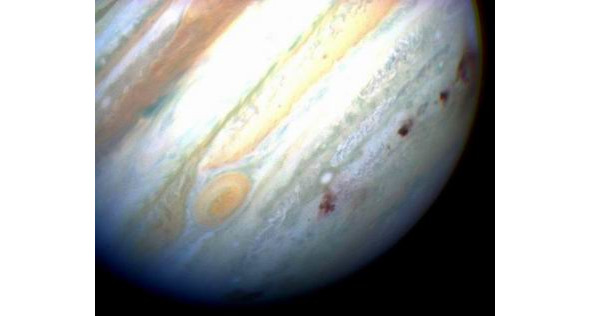
3
It is believed that the extinction of the dinosaurs caused by the fall of the comet. For an earlier time, the Sudbury Crater in Canada is 300 km wide and 1.85 billion years old.
The site of a possible comet collision was discovered, a depression near Australia, 250 km away diameter. It has been named the Bedu Crater, and its appearance coincides with the mass extinction 250 million ago. Then 90 percent of life on Earth disappeared. High levels of helium-3 were found in sediments from the Permian extinction. One of the largest rises in the level of helium-3 in the Quaternary period occurred 13.5 thousand years ago. Then all over the world the content of radiocarbon increased. Although the largest radiocarbon anomaly dates back to 41 thousand years ago.
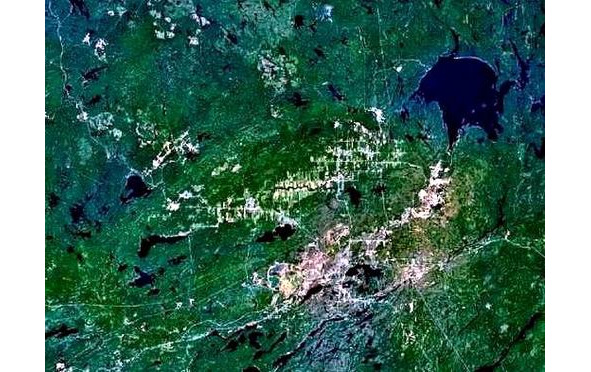
13.5 thousand years ago, the temperature in Greenland rose by seventeen degrees in just a few years, and the huge continental ice caps began to melt, earlier the glacier alternately advanced and retreated within the limits of its maximum advance, after that time it quickly retreated. At the end of the last ice age, something extraordinary happened that had not happened in millions of years.
In those days, 35 species of mammals and 19 species of birds suddenly died.
The biggest mystery is that mammoths, mastodons, American camels, American horses and saber-toothed tigers died out at the same time, the mass extinction of animals occurred throughout the Northern Hemisphere and partially in South America.
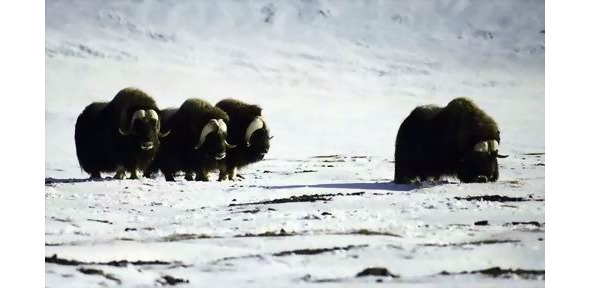
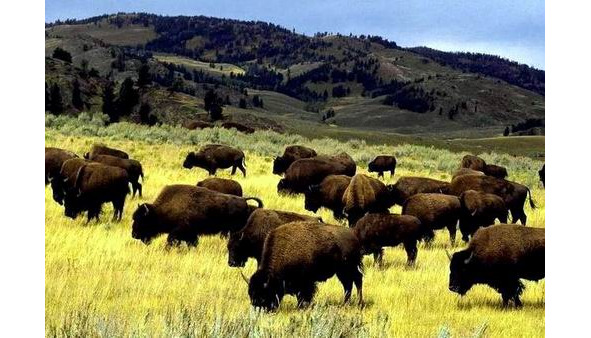
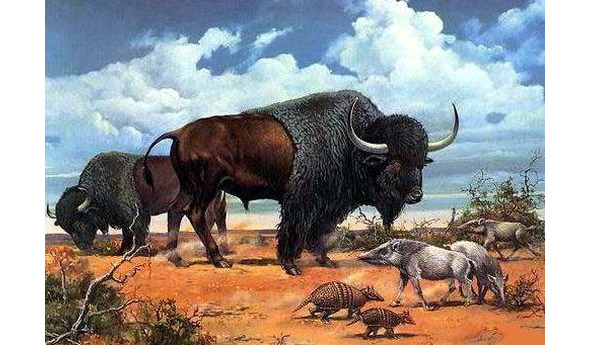
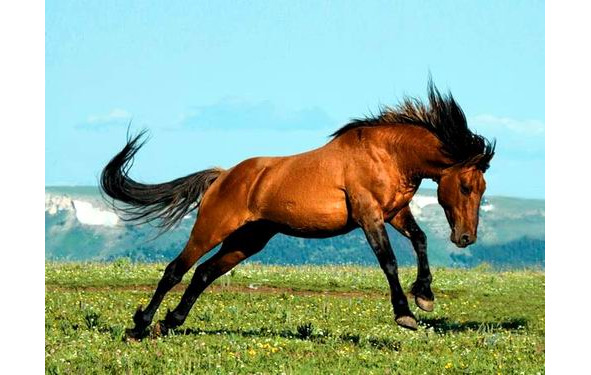
It is hard to imagine that ice age hunters, hunting in Asia and Europe for tens of thousands of years with stone spears, could suddenly destroy millions of hares, deer, hyenas, bison, saber-toothed tigers, bears, mammoths, camels, rhinos, horses and bulls.
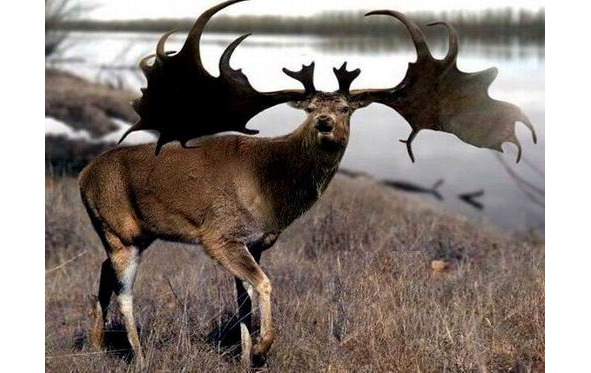
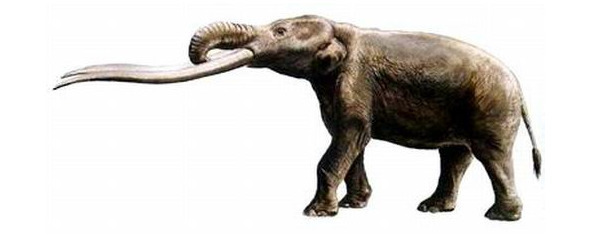
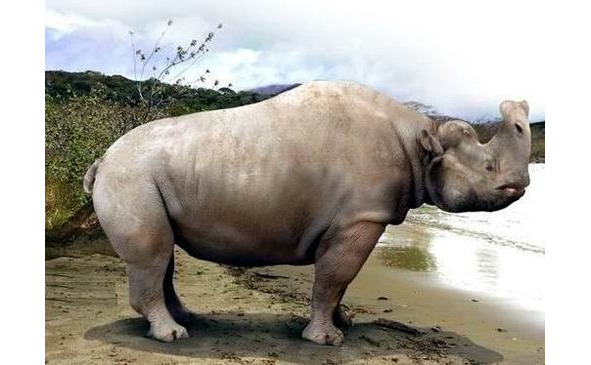
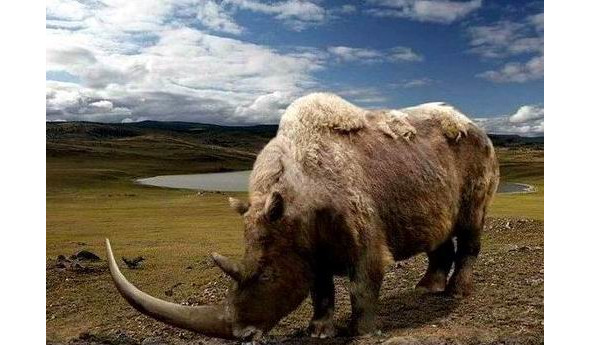
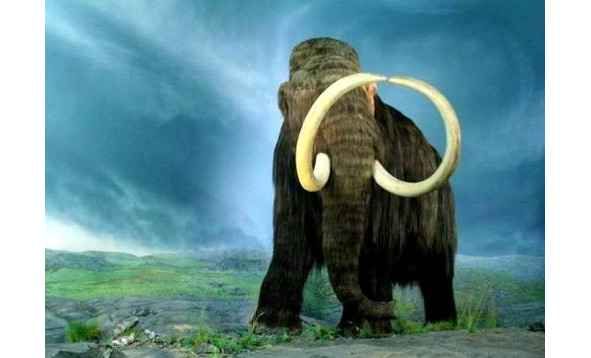
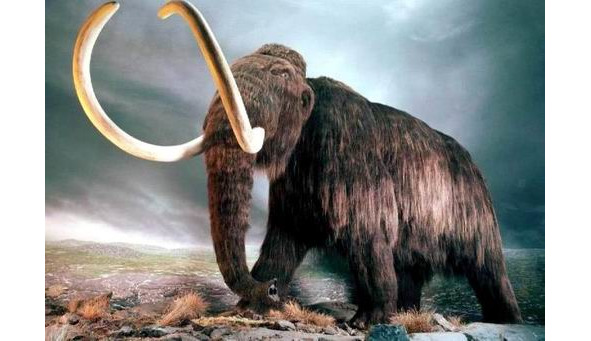

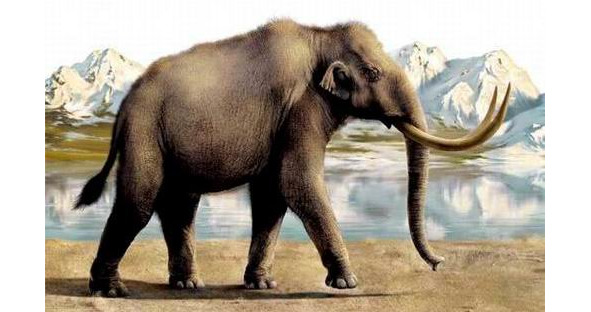
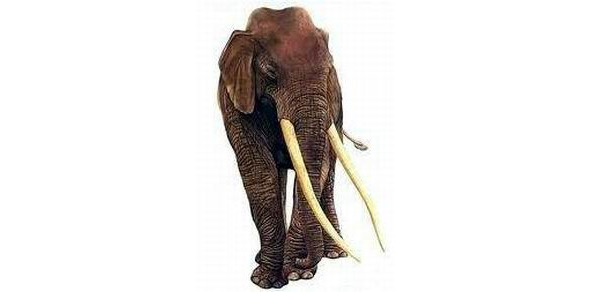
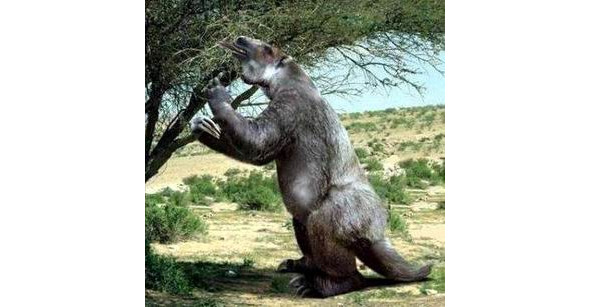
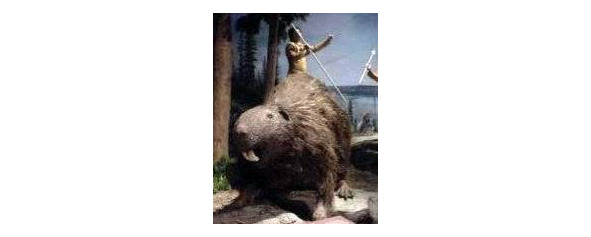
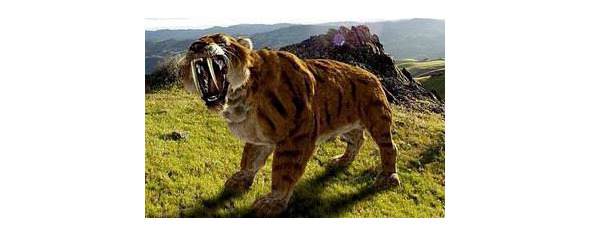
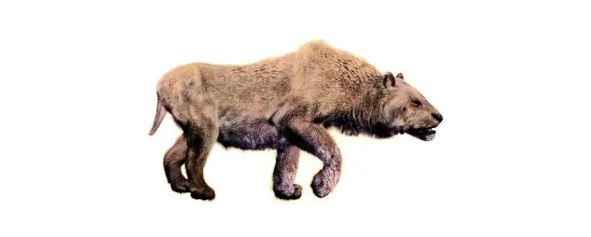
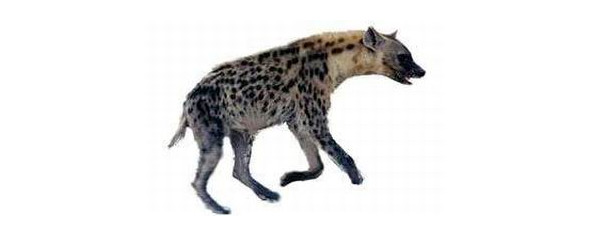
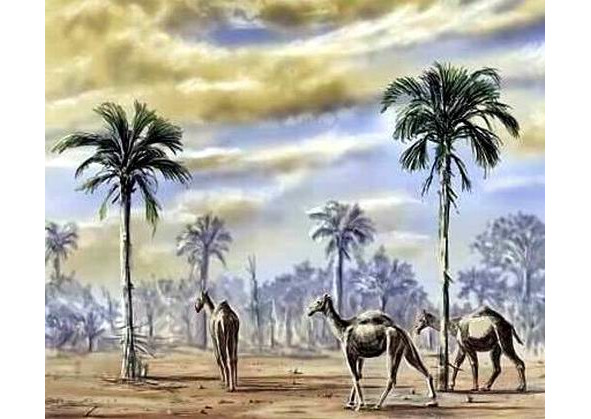

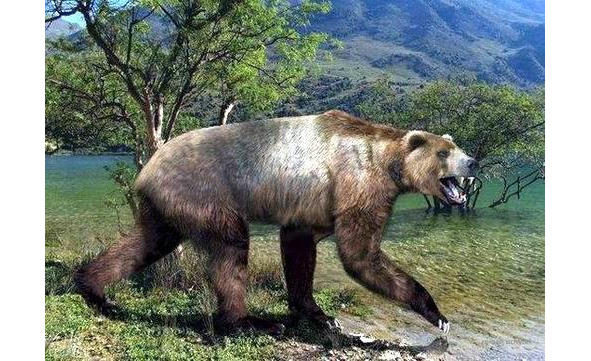
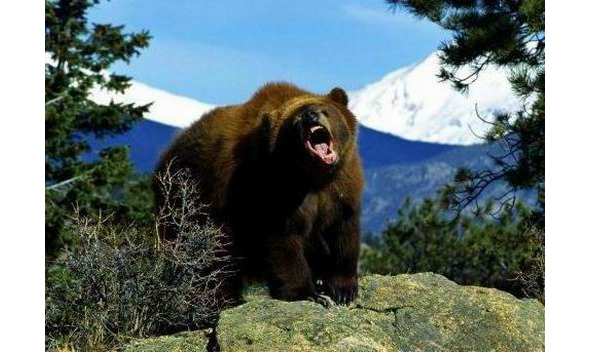
13 thousand years ago, the local Clovis culture mysteriously disappeared in North America. At the site of the excavation of the Clovis culture, carbon glass was discovered. Pure carbon melts only at a temperature of 6400 degrees. All carbon glass from Canada, Michigan, and Carolina melted only in the boundary layer of the Clovis culture. This suggests that the fall of the cosmic body.
According to the theory proposed by R. Fairstone in 2007, the fall of a celestial body about 13 thousand years ago caused fires throughout North America.
Not far from the coast of California, scientists managed to find evidence of the fall of a celestial body 13 thousand years ago. A lonsdaleite-allotropic modification of carbon was found in the samples, which is formed as a result of the fall of meteorites. In addition, scientists found a large amount of soot, presumably from subsequent fires.
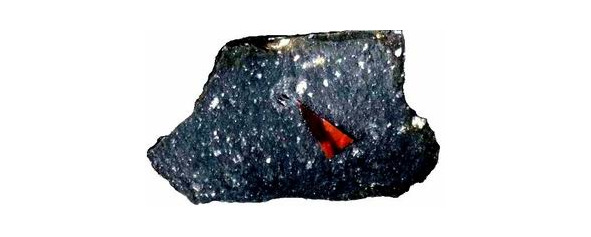
Due to small changes in the Earth’s orbit and various kinds of space objects, the Earth crosses the thickest part of cometary clouds approximately every 2—4 thousand years. For example, the amount of iridium, helium-3, and ammonium nitrate increases and decreases simultaneously, making noticeable peaks about 18, 16, 13, 9, 5 and 2 thousand years ago. In 1990, US scientists analyzed the orbiting meteor showers. Many meteor showers, such as the Tauris, Perseids, Piscids and Orionids, turned out to be connected with each other. Large space objects also turned out to be interconnected — comets Encke and Rudniki, asteroids Olyato, Hepaistos and others.
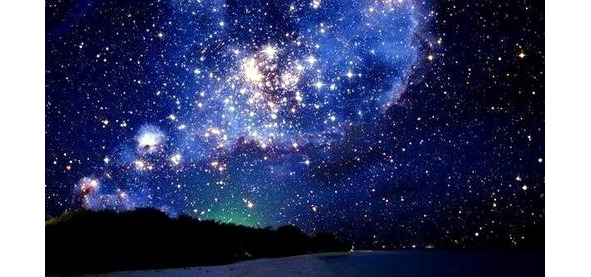
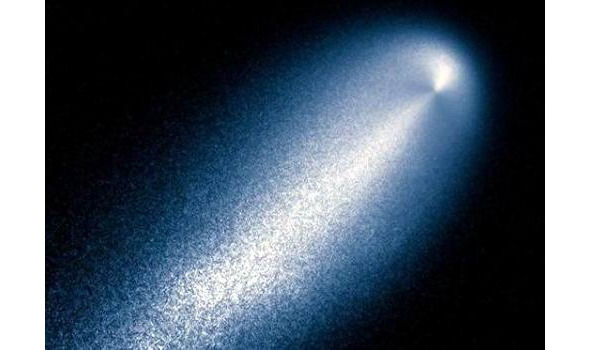
According to the conclusions of scientists, all these cosmic bodies descended from a cosmic body that appeared in the solar system 20 thousand years ago. If you add up all the fragments, then its size will be more than 500 km. Maybe it was this cosmic body that destroyed the large animals of the Earth? This is indicated by all known facts. A cosmic body could fly into orbit around the Sun, or it was in orbit, and a shock wave from a supernova or Jupiter pushed it. Parts of it bombarded the Earth, Mars, the Moon and other planets.
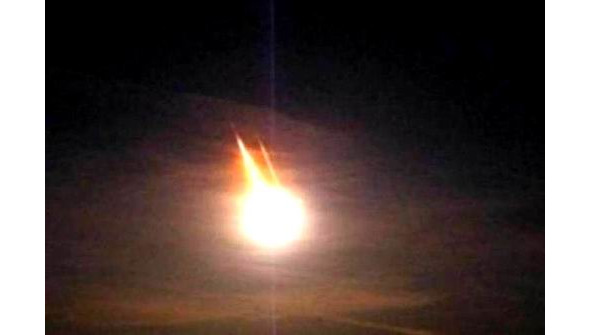
Scientists in the United States believe that after a comet at an angle of 5—15 degrees fell on a glacier 3000 meters high in Hudson Bay and punched a hole in it, melt water from the glacier came down. Melt water lifted and carried large chunks of ice hundreds of kilometers to the south.
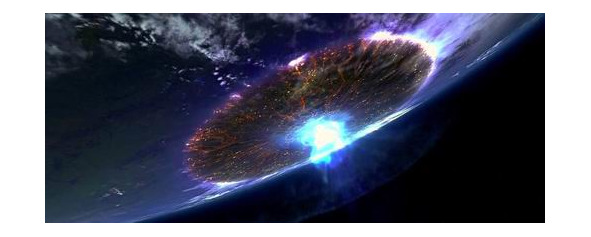
The powerful rise of gas into the atmosphere entrained many particles. In the upper layers, they lost energy, after which they rushed to the Earth. Because they were still hot this gave them a fiery hue similar to the color of lava.
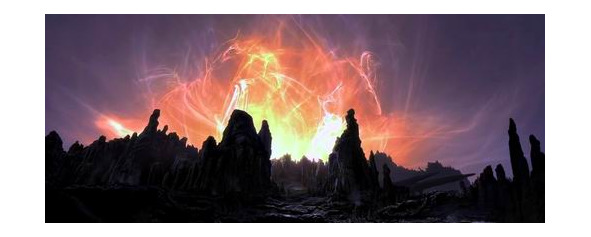
When the particles hit the Earth, they heated it up again. In the places where they fell, the temperature quickly rose by tens of degrees. Hot particles landing on the top of the continental glacier made holes in its surface and melted the ice. The melt water, suddenly freed, moved from the glacier in all directions. The released heat led to the discharge of millions of tons of ice into the water. Glacial lakes quickly overflowed, their icy shores crumbling, resulting in a powerful, growing stream heading into the ocean, sweeping away huge rocks, topsoil, trees, plants, people and animals along the way.
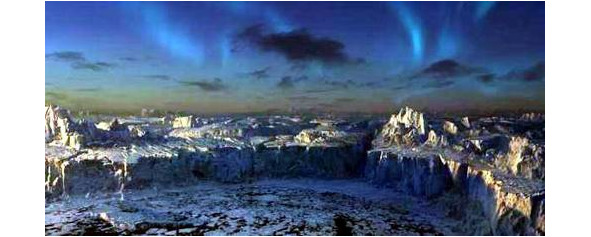
The rapid melting of ice caps rapidly raised sea level, the bay of the coast around the world. Samples from Cariaco in Venezuela show floods 16 and 13 thousand years ago. During these floods, high levels of radioactive thorium appeared in Cariaco. Samples from Cariaco show high levels of titanium, cobalt and rare earths, exactly the same as at all the sites of the excavation of the Clovis era.
As a result of an explosion in the air or a collision with a space object, there was a high pressure directed downward onto the glacier; it caused the water to pour out and create drumlins. The rapidly moving underwater melting water under the glacier carved out millions of drumlins. The largest drumlins fields in the world are found around Hudson Bay. Along with North America, drumlin fields exist in Ireland, the Baltic States, Poland, and Finland. The drumlins hills are like an upside-down boat and are composed of sand, stones and gravel. No one is observing the formation of drumlins these days. They appeared once in the past and never formed again.
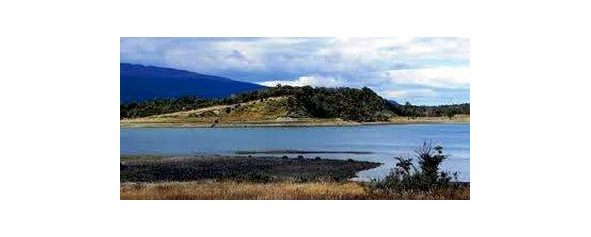
When the comet fell into the ice over Hudson Bay, it exploded, scattering debris from the top of the glacier. What rose into the air rained debris and blocks of ice over much of North America, Europe and Asia. The explosions scattered ice fragments, creating «Carolina Bays» — small depressions of the earth’s surface a kilometer wide. Most of the «bays» have a slightly raised coast and a general direction — to the Great Lakes. Along the entire coastal plain of the Atlantic there are millions of such «bays» that look like Martian craters.
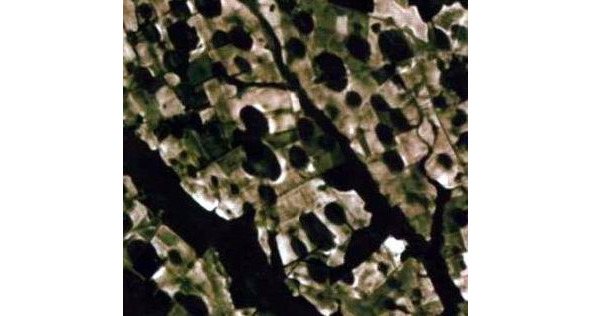
In some areas from the Atlantic to the Pacific Ocean and from the Gulf of Mexico to the Arctic Ocean, large ice bombs leveled almost everything in the surrounding area hundreds of kilometers away. Similar rain of ice and stones covered most of Europe and Asia, reached the forests of South America. More than one third of the planet was affected.
Flying through the air, thousands of ice blocks fell into the Atlantic, after which they exploded with colossal detonations. Numerous tremors have triggered the dumping of tectonic plates throughout the continental shelf. The shift of continental plates produced colossal tsunamis, which moved from the coast at a speed of 1000 km / h towards Europe and Africa. Having collapsed on a shallow shelf, these waves could grow up to 100 meters high. Giant waves overwhelmed the Amazon. Huge waves that hit the coast of South America caused large land washes. Tsunamis, caused by landslides in the Amazon region, swept along the coastlines of Europe, Africa and North America. They swept everything in their path to a depth of hundreds of kilometers. Almost everyone who lived off the coast of Western Europe and North America was killed.
Offsets of submarine tectonic plates led to the release of giant deposits of frozen methane in North America and Europe, methane turned into gas and began to seep to the surface. Falling red-hot stones and particles set fire to the rising gas jets, so that in different places on the water surface they danced tongues of orange-blue flame kilometers in height. For several years, the sea burned and boiled.
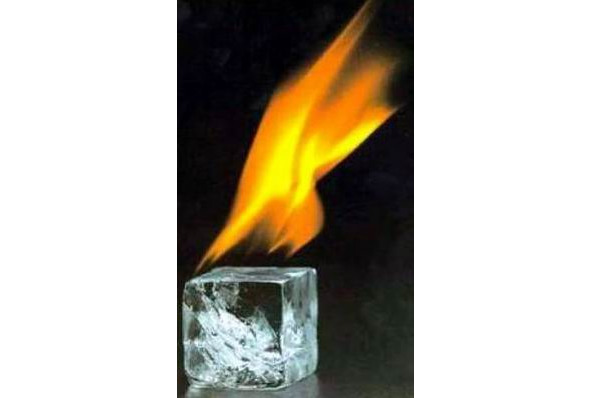
When icy air and rising water vapor combined, it caused snowfalls in Mexico, the Caribbean, and North Africa. Gradually in the south, the snow turned to rain, and this rain continued day after day, stretching out for weeks and months.
Rivers and channels overflowed their banks, flooding everything around, and this flood lasted for several months.
Immediately after the collision, a stream of hot air moved forward at a speed of more than 2000 km / h. He ran across the Earth, burning plants, animals, and earth. Only those who hid underground, in the water, behind mountains, the edge of a glacier, hills or inside some shelter survived from it. Millions of animals were left lying dead in the open.
Silicon culture «Clovis» has iron grains. Trillions of microscopic molten iron particles hit the plains of North America rushing at a hurricane speed. The inlets suggest that the particles came at a slight angle to the horizon.
To penetrate as deeply as in Clovis silicon samples, the particles must travel at speeds faster than 72,000 km / h. At this speed, the total force of the particles was enough to smash the mammoth. Particles also fell on Siberia.
The intense heat caused a firestorm across the continent. Thousands of fires broke out where there was enough fuel. The roar of fires shook the Earth, fierce fire tore it like bombs, blasted rocks, and set off explosions of steam where it met icy rivers. When the fire died out, there was almost nothing left after it, except for the coal covering the continents.
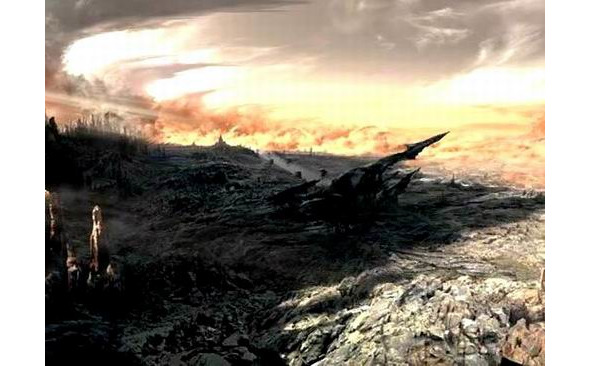
The shock from the collision led to strong earthquakes and volcanic eruptions.
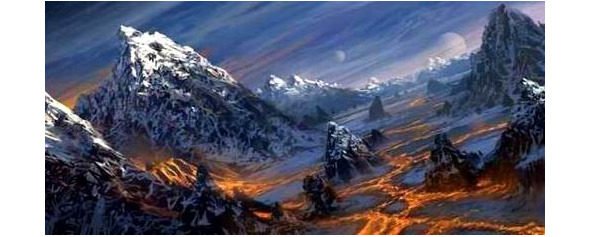
Erupting, they began to throw red-hot lava all over the surrounding area, filling the air with dust and toxic substances.
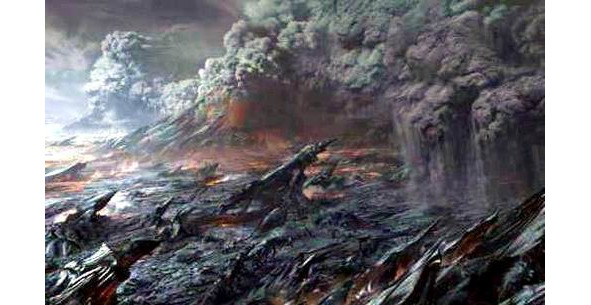
The explosion and continental fires lifted the ash into the atmosphere, darkening the sky. In some places, the air was toxic and there was so little oxygen that life became impossible.
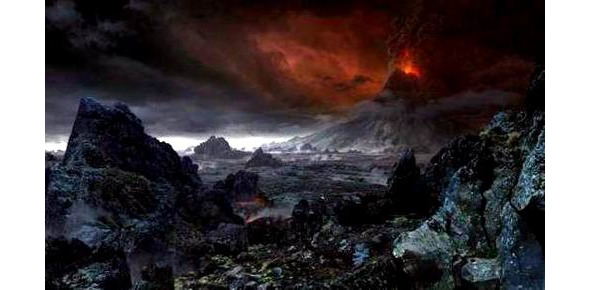
Millions of tons of toxic chemicals fell to the ground along with rain.
Combined with hydrogen, they formed a toxic mixture of acids. These acids left traces on the rocks, burned leaves and affected animals. The water was filled with acids, cyanides and metals.
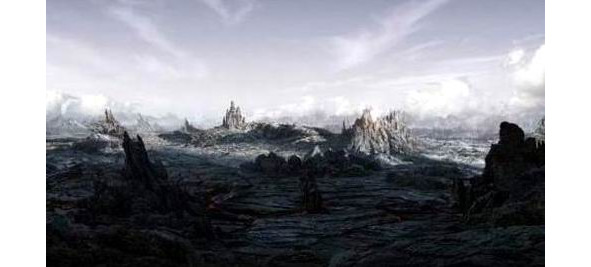
Numerous explosions mixed carbon with air and lifted it high into the atmosphere, after which the carbon balls scattered throughout the Northern Hemisphere. The surrounding area was littered with millions of tons of small pieces of black glass, carbon spheres, and fine carbon dust.
A vacuum arose in the rear of the comet, which led to a powerful descent of cold air from great heights. The air stream, with a speed of hundreds of km / h and temperatures down to minus 150 degrees, hit the Earth. Together with the mud tsunami of the Arctic Ocean, it led to the freezing of mammoths and the formation of ice «Edom» in Siberia. Rapid temperature changes meant the death of millions of plants and animals.
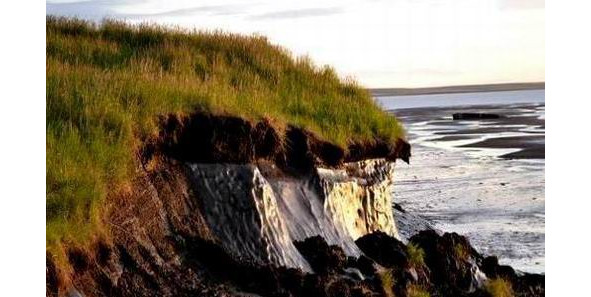
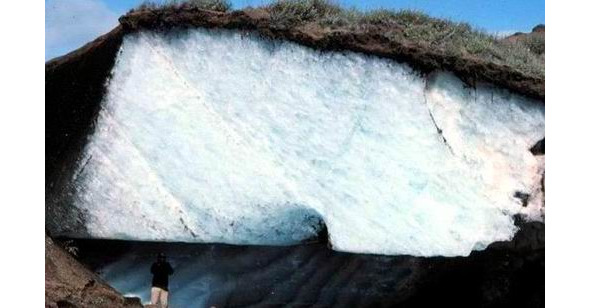
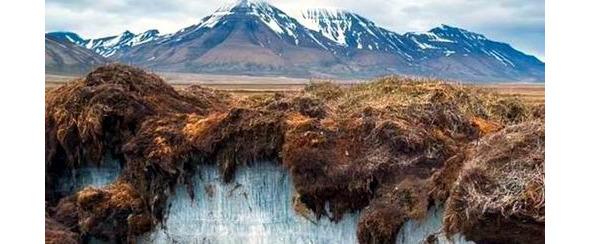
At the same time, over the course of several days, temperature began to drop across the North Atlantic from Canada to Europe. In the days after the collision, the temperature quickly fell below zero, and the cold of the ice age again spread across the Earth. Immediately after the disaster, 13 thousand years ago, the climate of North America became humid and very cold. Temperatures have remained low for over 1000 years.
The food source of millions of mammoths, horses, camels and bison has disappeared. Darkness, cold and fires destroyed most of the vegetation in the Northern Hemisphere.
However, algae grew explosively. There was no one left who could eat them. The algae «feasted» as other plants and animals died and released iron, nitrogen, phosphorus, and other nutrients. A dense cover of algae strangled ponds, rivers, streams, they filled them with toxins. This led to the formation of a «black blanket», a layer of black sediments that extended throughout the territory. North America and rests directly on the bones of the last mammoths. Algae spores account for about 80 percent of all spores and pollen directly after the Clovis culture, which means that over the years, almost nothing has grown except algae.
Algae reigned in lakes and water streams, until finally, the vegetation grew and the animals that eat it returned.
This is consistent with the description available in the sources.
«Rig Veda. I. 32. To Indra —
6 … He could not stand the onslaught of his weapons: Faceless from the break, he is crushed — the one to whom Indra is the enemy.
7 … Vritra was lying scattered in different places.
13 Neither lightning nor thunder helped him,
Neither the fog that he spread, nor the hail.
When Indra and the serpent fought.
For the times to come, the generous won.
I. 33. To Indra.
7 … I overcame, O Indra, driving them to the edge of space.
You cast fire from the sky onto the dasya — from above.
I. 52. To Indra.
6 He gets hot. The force is energized.
Having dammed up the waters, lay at the bottom of space,
When Vritra, who is difficult to catch in the rapids,
You, Indra, hit the jaws with thunder
10 The most formidable sky due to the roar of this snake
Withdrawn from fear when your vajra, O Indra,
Intoxicated, wrung out with force cut off my head
Vritra that oppressed both worlds.
I. 54. To Indra.
10 There was darkness, interfering with the foundation of the waters.
A mountain in the interior of Vritra.
I. 61. To Indra.
11 It was because of his fervor that the rivers stopped,
When he stopped them with a vajra.
I. 80. To Indra.
1 … O most powerful thunderer, by force
You wiped the snake off the ground.
4 O Indra, from the ground you kicked
Vritra, kicked out of the sky.
Unleash the flow of those associated with the Maruts
The waters that give wealth to the living.
14 Before your thunderclap,
O lord of pressing stones,
Everything that stands and that moves trembles.
II. 11. To Indra.
8 … He roared, thundering in tune with the mothers.
Amplifying the sound far to the limit
They spread the whistle made by Indra.
9 Indra pushed the sorcerer Vritra,
Lying on the great river
Two worlds trembled, frightened
The roaring vajra of this bull.
The bull’s club growled loudly
II. 20. To Indra.
7 This Indra, the killer of Vritra, blew up
Dasov, melting in a black womb, he,
II. 30. To Indra and other gods.
3 After all, he was standing right in the air
And threw a deadly weapon at Vritra,
Because I hurried to him, wrapped in fog.
Wielding a sharp weapon, Indra defeated the enemy.
5 Cast off a stone from high heaven,
With which you, intoxicated, will burn the enemy!
III. 34. To Indra.
3 Indra gripped Vritra, unleashing his strength.
He outwitted the cunning ones by using the transformation abilities.
He killed Vyansa, wanting to burn in the forests.
He made the sounds of the nights clear.
III. 53. To Indra.
11 … Let the king kill Vritra in the east, in the west, in the north.
IV. 17. To Indra.
3 With force, he split the mountain, hurling the vajra,
As a winner, showing strength.
Drunk, he killed Vritra with a vajra.
The waters quickly fled when their bull was killed.
IV. 18. Conversation of Indra, Aditi and Vamadeva.
6 These flow, making merry noise,
As if the pious are calling.
Ask them what they say
What a rock-dam they are breaking.
IV. 19. To Indra.
2 … You killed the snake that blocked the stream.
You have drilled all-pervading channels.
3 Voracious Spread Serpent,
Who cannot be woken up, who slept soundly, O Indra,
Spread across seven streams
You have smashed with a vajra out of disregard.
4 He shook powerfully the ground, the foundation,
Like the wind is water, Indra by strength.
Strongholds he crushed, playing with force.
He cut off the tops of the mountains.
5 Like women, they opened the womb,
Like chariots, the rocks moved at once.
You have calmed the flowing through, kept the waves.
You have let flow, O Indra, closed rivers.
V. 29. (To Indra).
3 … Indra killed the dragon by drinking this.
4 Then he fortified the two worlds further apart.
Although he was hiding, he nevertheless plunged the beast into horror.
A swallower snorting Danava
5 When you made the flying mares of Surya,
Those in front were behind Etashi.
6 When his ninety and nine rings
The generous one immediately smashed with a club,
The Maruts began to chant Indra on the spot.
7 Friend-Agni quickly cooked a friend.
VI. 11. (To Indra)
…intoxicated by which the sun (and) the morning dawn
You ignited by blowing up strongholds.
A huge rock, O Indra, containing the cows,
You pushed the motionless from its place.
…12 The great chained waterfall of rivers,
Closed, you released a leak — a wave of water.
On their sloping channels, O Indra, on the way
You let the active (water) flow down into the ocean.
VI. 22. (To Indra)
For that (Vritra) who has grown from such witchcraft,
(You hit) with the help of a mountain, fast as thought, about the owner of your own strength.
Even unshakable strongholds, oh very strong,
You boldly broke, O abundant one.
VII. 21. (To Indra)
3 You, Indra, made the waters flow,
Abundant, serpentine, hero.
The streams rolled out from behind you, as if on wheels,
All artificial (shafts) are shaken with fear.
VIII.3. (To Indra)
19 You pushed, O Indra,
From the high banks of Vritra.
20 … You blew the kite out of the air —
You, O Indra, have performed this feat of courage.
VIII.7. (To the Maruts)
4 Maruts sow fog,
They shake the mountains
When they go hiking in the winds
7 Those are scarlet
Bright, soar up on the hikes,
Roaring over the top of the sky.
8 Powerfully they let go of the occasion,
For the sun to move along the path
They scattered with rays.
23 They moved Vritra by the joints,
Moved mountains, without shine,
24 … (Supported) Indra in the fight against Vritra.
25 With lightning in their hands, sparkling,
Gilded helmets on my head —
Perfect jewelry for sparkle.
26 When Ushanas (and you) from afar
Arrived at Ukshno Randhra,
He roared with fear like the sky.
34 Even the mountains bow down,
Considering ourselves to be hollows,
Even the rocks gave in.
VIII. 32. (To Indra)
25 Who split the container of water
(And) let the rivers flow down
26 … killed Vritra,
Aurnavabhu, Ahisuva.
He threw snow at Arbuda.
VIII. 45. (To Indra)
30 Who just cut for Trishoka
A wide mountain that makes up the bosom,
VIII. 96. (To Indra)
…We want to sit down with Indra with bows.
Leaning back from Vritra’s snort…
X. 49. (To Indra)
6 … When growing, gradually spreading
Far beyond the bounds of space, I turned into heavenly bodies.
X. 55. (To Indra)
8 … having drunk catfish, rising to the sky
The hero in the battle blew the dasya away.
X. 89. (To Indra)
7 He killed Vritra like an ax to the trees,
He broke through the fortresses, just as he drilled the river beds.
He split the mountain, just like a new pot.
X. 111. (To Indra)
4 … He pulled a lot of spaces down,
…Through what a huge sky he penetrated with the help of the sun!
6 After the vajra, the killer of Vritra has prostrated Vritra.
The sorcery of a non-god gaining strength
You, impudent, defiantly defeated there.
X. 11З. (To Indra)
6 … When the formidable powerfully cut Vritra,
Holding water, surrounded by darkness.
7 … Thick darkness enveloped the dead.
8 … The Vritru snake, defeated by the blow of Indra,
He ate dry food like Agni with fangs…».
The catastrophe affected the entire Northern Hemisphere, including Europe, and reached South America. But the catastrophe affected the Great Lakes region more than the regions located to the south. Shock waves spread across North America, Europe and North Asia. By the time the waves began to calm down and the raging wind began to decrease, tens of millions of animals and most people in the Northern Hemisphere were killed.
The survivors fought to return to normal existence. After a few months, the situation began to stabilize, but in many areas the ground remained scorched and black. Collision, fires and waves destroyed vast tracts of the most fertile land along the ocean coast and river tributaries. Europe and North Africa were relatively quiet, but the damage from the collision was significant: tens of millions of animals died, large tracts of vegetation were burned and devastated. Europe seems to have suffered the least. In general, the territories at the edge of the glacier in Europe and Asia, remote from the seas and directions of the axis of fall, suffered less. The description in the texts of the events in these places speaks of the beginning of the growth of the forest, the augmentation of lands and the descent of waters.
«Rig Veda. I. 81. To Indra.
1 … He filled the earthly space,
Pressed light spaces into the sky.
I.103. To Indra.
2 He strengthened the earth and expanded.
After killing with the vajra (Vritra), he released the flow of water.
He killed the snake, split Rauchina.
I.187. The glorification of food.
6 … With your help, he killed the snake.
7 When, O food, that came
Shining mountains.
II. 11. To Indra.
2 You have released, O Indra, the great (rivers) that you have swollen,
Numerous snake-laden, O hero.
7 … The earth is flat,
Even the mountain, trying to escape, stopped.
8 The mountain sat down, not dodging.
He roared, thundering in tune with the mothers.
Amplifying the sound far to the limit
They spread the whistle made by Indra.
II. 20. To Indra.
7 … He gave birth to earth and waters for man.
III. 30. To Indra.
9 You have seated in a place, O Indra, abundant,
A moving, great, endless land.
the bull strengthened the sky, airspace,
Let the waters flow here, awakened to life by you!
III. 31. To Indra.
13 When the great Dhishana, in order to push (Vritra), set
(The one) who grew up in one day, spread among two worlds,
16 And the flowing waters this friend is at home
Directed to one goal, shimmering with all colors,
20 The spreading mists became transparent:
Take us safely to the other side of them!
III. 34. To Indra.
3 … He made the sounds of the nights clear.
7 With a fight, with power, Indra created a wide space
IV. 19. To Indra.
5 … You have calmed the flowing through, kept the waves.
You have let flow, O Indra, closed rivers.
8 Many glorified dawns and autumn
He let rivers flow by killing Vritra.
Blocked, squeezed jets
Opened Indra to flow on the ground.
VI.11. (To Indra)
He spread the earth — a great miracle! — wide…
When not-god, hid against the gods,
They chose Indra to fight for the sun.
VI. 72. (To Indra-Soma)
2 O Indra-Soma, you light the morning dawn,
You lead the sun upward with light.
You have strengthened the sky with a fastener,
You have spread out mother earth wide.
3 O Indra-Soma, the snake that dammed the waters,
You are killing — Vritra. The sky allowed you.
You set the rivers in motion
Made many seas wide.
VШ. 12. (To Indra)
3 Thanks to which you drove to Sindhu
Great waters like chariots
So that they flow in the right way — we ask for it.
9 Indra by the rays of the sun
Burns to ashes for Arshasan,
Trees are like Agni.
Victorious has intensified.
X. 104. (To Indra)
9 You delivered the great waters from the curse.
The only god, you stood guard over them.
O Indra, those whom you won against Vritra,
10 … He destroyed Vritra, created space.
X. 111. (To Indra)
9 Thou didst let loose the rivers swallowed up by the serpent.
Then they rushed in haste,
Those who wanted to free themselves and got free.
They don’t stop anymore, inspired.
X. 138. (To Indra)
2 You released the pregnant ones, dissolved the mountains…
You caused the growth of forest trees with your miraculous power …».
Scientists suggest that the body, which broke through three-kilometer ice over Canada at 12—13 hours on March 15, and which left the craters of the Hudson’s Bay (480 km. in diameter), Saima-Finland (290 km.), Amundsen-Canada Bay (170 km.), Baffin-Canada (120 km.), Michigan-USA (105 km.) (to them could be added the Ladoga, White, Onega lakes, the Gulf of Riga. It should be noted that the Hudson Bay crater is much larger, as the American Great Lakes are located in the outer edge of the Hudson Bay caldera) it was ice rushing at great speed.
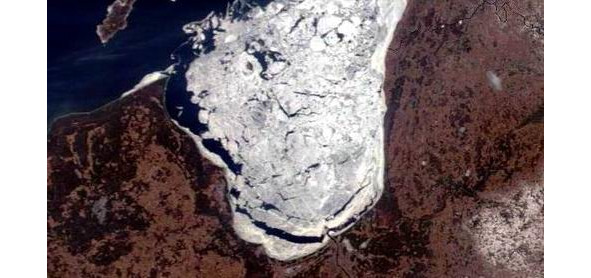
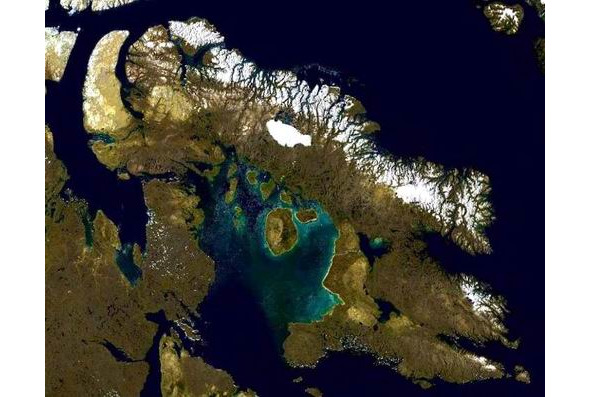
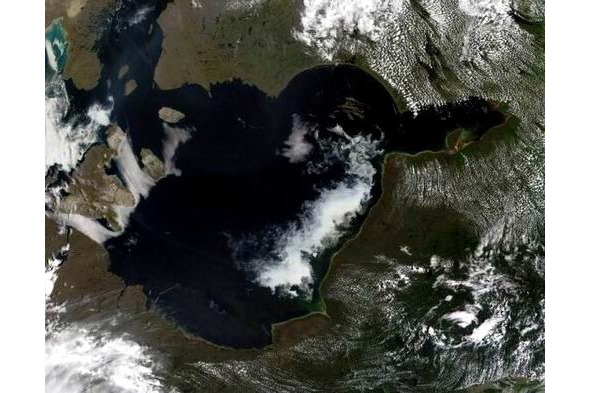
However, finds of iridium, carbon glass, and iron dust indicate its solid composition.
The Sanskrit texts say the same. The object that destroyed Vritra is called: thunder cudgel; iron; rock — throwing weapon; projectile; a stone thrown from the sky; the hottest stone; red-hot weapons; gold; sparkling; the symbol of the brightly flaming Ushas; noisy; with a whistle rushing into battle; rushing with the speed of thought; obedient to desire; next thought; with a hundred joints; an arrow with a hundred points; with a hundred faces; with a thousand feathers; with a thousand prongs.
«Adiprava. Once a lightning was created for the mighty Indra to kill Vritra, it flew into tens and hundreds of pieces on Vritra’s head. And the breakaway part of the lightning is revered by the gods. Every means that exists in the world is considered the body of lightning».
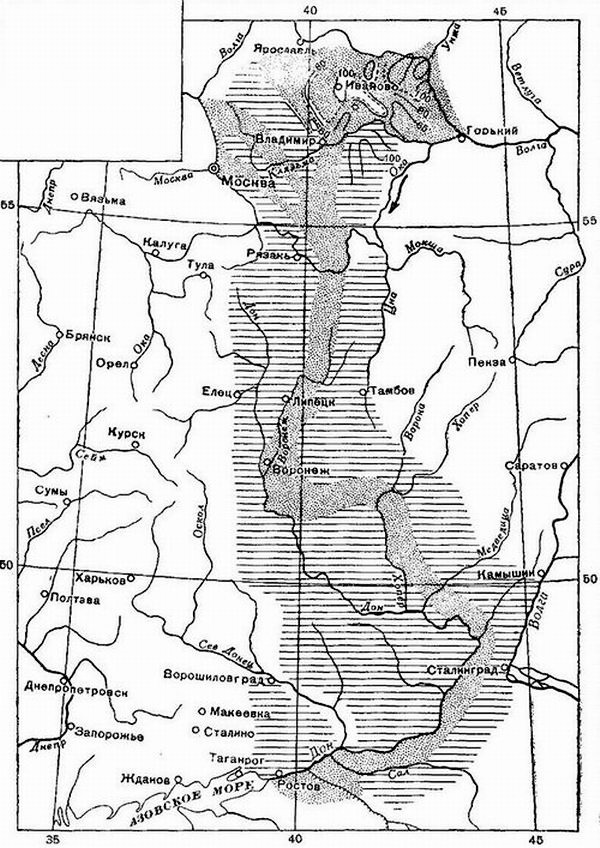
However, finds of iridium, carbon glass, iron dust indicate its solid composition.
Rig Veda. «I. 32. To Indra.
2 He killed the serpent that was resting on the mountain.
Tvashtar carved a noisy club for him.
3 … Generous grabbed a projectile — vajra.
He killed him, the firstborn of serpents.
I. 52. To Indra.
…It was Tvashtar who increased your inherent power:
He carved the club of victorious power…
You held an iron club in your hands…
When with a jagged club, O Indra,
You hit Vritra in the mouth.
I. 56. To Indra.
3. He is the winner, great in the matter of courage, without dust.
Like the top of a mountain, violent power sparkles with fervor,
Thanks to which the iron is intoxicated,
She calmed down the witchcraft
Shushnu among the allies in the stock.
I. 61. To Indra.
6 It was for him that Tvashtar carved the vajra,
The most skillful, with a whistle (torn) into battle,
I. 80. To Indra.
6 He hits him in the back
Vajra with a hundred joints.
Get drunk on catfish juice
8 Your vajras have parted
Along ninety navigable rivers.
12 Neither shock nor thunder
Vritra did not frighten Indra.
Iron overtook him
Vajra with a thousand prongs.
I. 81. To Indra.
1 … For shine, I put myself in closed
Hands of the iron vajra.
I. 85. To the Maruts.
9 When Tvashtar had sharpened a club well made,
Gold, thousand-toothed, skillful master,
I. 121. To Indra.
3 (Tvashtar) carved the vajra given to him…
You made me turn an iron (vajra with a belt) cowhide (leather),
Heavenly sling, brought by the skilled…
O lord of pressure stones, hurl that rock — throwing weapon!
…the vajra that Kavya Ushanas gave you,
Inspiring, killing enemies, decisive — sharpened.
II. 11. To Indra.
4 … Putting the sparkling vajra in your hands…
Shining, you are strengthened, O Indra,
III. 30. To Indra.
16 The rumble of close enemies is heard everywhere.
Hit them with the hottest stone!
Split them from top to bottom! Split! Defeat!
17 Pluck Rakshasa by the roots, O Indra!
Split the middle! Break off the top!
How long have you been indecisive?
Throw a red-hot dart at the hater of prayer!
VI. 11. (To Indra)
10 Here Tvashtar powerfully sharpened you,
O terrible one, Vajra with a thousand teeth, with a hundred facets,
Obedient to desire, following thoughts with which
You, O drinker of soma from the pomace, have defeated the roaring serpent.
VIII. 6. (To Indra)
6. Even the violent Vritra
He broke his head
A courageous vajra with a hundred joints.
VШ. 12. (To Indra)
7 His banners were raised
And the club of thunder in the hands
When he, like the sun, strengthened the two halves of the universe
VIII. 76. (To Indra)
2 Pierced Vritra’s head
Vajra with a hundred joints.
VШ. 77. (To Indra)
7 Your arrow with a hundred points,
With one thousand feathers,
Whom, O Indra, have you made your ally.
VIII. 89. (To Indra)
3 … Let Vritra’s killer kill Vritra stony
Vajra with a hundred joints!
VIII. 100. (To Indra and Vayu)
7 … Into Vritra’s weak spot
Indra launched with a club.
8 Rushing with the speed of thought,
He broke through an iron fortress
9 Lies in the middle of the sea
Vajra covered with water.
Pay tribute to him
Continuously flowing forward.
X. 23. (To Indra)
3 When he (picks up) the golden vajra, then he rises
X. 48. (Self-glorification of Indra)
3 Tvashtar forged an iron club for me.
X. 89. (To Indra)
12 Let, as a symbol of the brightly flaming Ushas,
Your insatiable shot will shoot, O Indra!
Strike like a stone thrown from the sky
Friends-deceivers with red-hot weapons!
X. 11З. (To Indra)
Impudent, he threw down an iron vajra.
X. 138. (To Indra)
Whose shot is irresistible, with an outstanding, splitting…».
4
The catastrophe changed the composition of the population. Clovis culture disappears in North America. Contemporaries of the Clovis culture people of the Madeleine culture also experienced a sharp population decline 13 thousand years ago. In Belgium, at the excavation site of the Madeleine culture, an increase in the number of magnetic particles, metal spheres and charcoal, as well as a black blanket, is exactly the same as in North America. Magnetic particles have the highest levels of iridium.
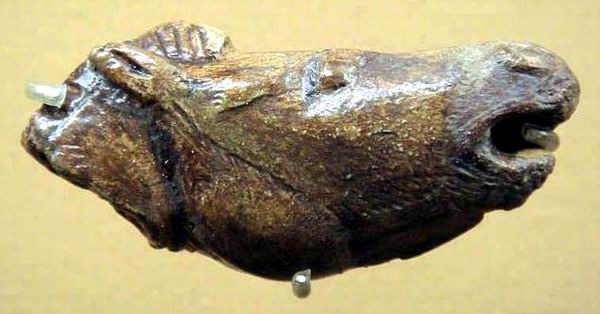
The Clovis people appeared in the New World suddenly and remained on the historical stage for several millennia, after which about 13 thousand years ago their distinct culture suddenly disappeared. North American archaeological evidence shows little to no human evidence for hundreds of years after the Clovis era.
Most scholars believe that the Clovis people came to North America from Asia. However, no one has found artifacts in Asia that resemble the Clovis culture.
A unique technology for the production of tools appeared in the New World suddenly, together with the newly arrived peoples of the Clovis culture. In an effort to explain the mystery of the Clovis culture, scientists tried to find a similar technology, and found it in Europe. It resembles the technology of the Solutre culture, which was widespread in Europe during the early Clovis culture. Klovisky instruments were spear-shaped. The Solutrean and Klovsky points are in many ways similar: they are thin and two-sided, the technique of overlapping peeling was used for its production, reducing the thickness without reducing the width.
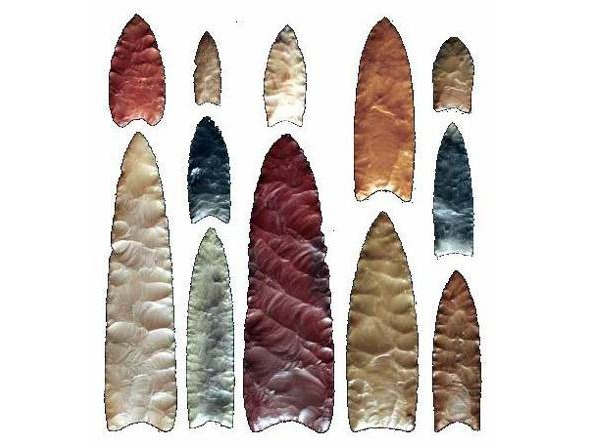
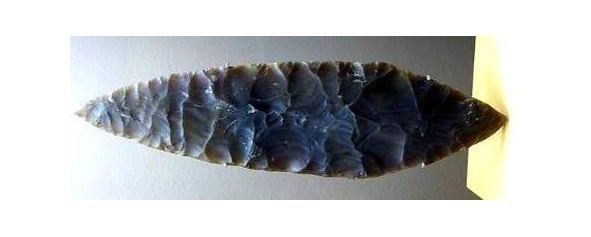
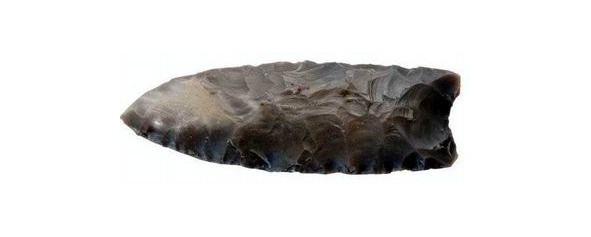
In connection with this issue, a number of researchers, for example, F. Hibben (in the thirties and forties), A. Dzhelinek (1971), A. L. Mongait (1973), B. Bradley, D. Meltzer, D Stanford (in 1998), expressed a hypothesis about the possible participation of Western European cultures of the Upper Paleolithic in the settlement of the New World. The hypothesis suggests that people from Europe could move to North America, following the ice edge between Europe and America. D. Stanford looked for traces of the forerunner of Clovis culture where they should have been — in Alaska and Chukotka. And did not find them. And the Siberian and Alaskan stone tools are not at all similar to the Clovis ones found outside of Alaska.
The Klovisky culture in North America is dated back to 12—10.5 thousand BC. Although there are finds dating back to about 18—13 thousand BC. Objects of this culture have been found in many places in the United States and Mexico.
Although the population density in the Paleolithic, according to scientists, was 5 people per 100 square kilometers, in North America there were at least 500 thousand people, in Britain and France — 30 thousand people. Their main occupation was hunting and gathering. In total, there are more than 125 species of plants and animals used by people of the Clovis culture. According to the results of statistical processing of data on the number of finds of tools of the «Clovis» culture, one can speak of their high concentration in the eastern part of North America.
Solutrean culture is an archaeological culture of the Paleolithic common in France, Spain, Portugal. In Northern France, Belgium and England, there are monuments close to the early phase of the Solutrean culture. In a number of Late Paleolithic sites in Central Europe and the European part of Russia, some features of similarity with the Solutrean culture were found.
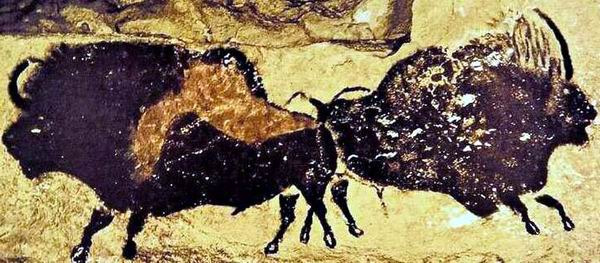
Solutreian industry refers to the period between the development of the Gravette and Madeleine cultures and partly exists in parallel with them. Dating back to 23—18, 21—16 or 18—15 thousand BC. It is characterized by carefully crafted flint-shaped tips in the form of a laurel or willow leaf, treated with perfect pressing retouching, as well as with a notch. The method of wring-out retouching originated earlier, but reached its peak in the Solutrean era. Pressing retouching made it possible to produce arrowheads and spearheads that were as thin as the later iron arrowheads of the same size. They were light enough to be used for throwing weapons. Together with them, they find flint scrapers, incisors, punctures, points, and bone tips, needles with ears, wands, and works of art. Thus, the «tips of solutre» are traditionally considered to be a symbol of technical achievements in the Paleolithic, the pinnacle of the art of stone processing, unattainable in subsequent cultures of the Madeleine era.

A variant of Solutrean culture is the Himaldi culture — the south of France and the north of Italy. Chronologically, it existed simultaneously with the Madeleine culture, but flint-like products resemble the products of the gravetta culture.

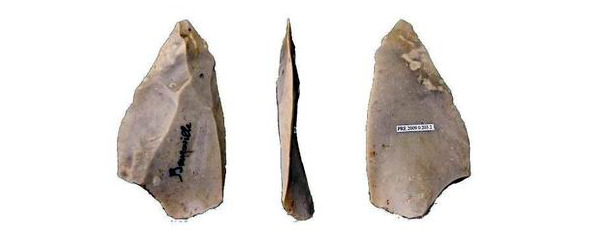
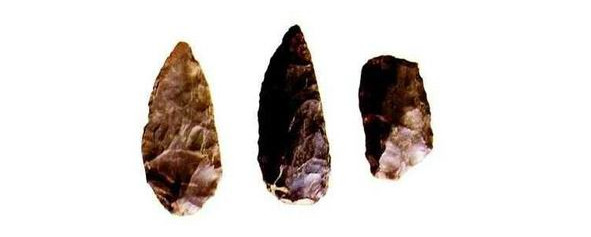
There are different views on the question of the origin of the Solutrean culture. The Solutrean culture is considered as a stage in the development of Western European cultures of the Stone Age, which arose on a local basis. Some scholars believed that it appeared from the east, from the area of the Selet culture, as evidence of which they cited the similarity of the leaf-shaped tips typical of both cultures.

In the early Paleolithic, one of the European population groups that lived in Germany and Eastern Europe used Solutrean-type arrowheads, the prototypes of which are known in local cultures. In Western Europe, the Solutrean technique was not then used. Then the proto-Lutreans were replaced by the people of the Aurignacian culture. In layer 2, Kostenok 1, a change of the proto-Lutreian culture to the sites of the Middle West European Aurignacian is noted.
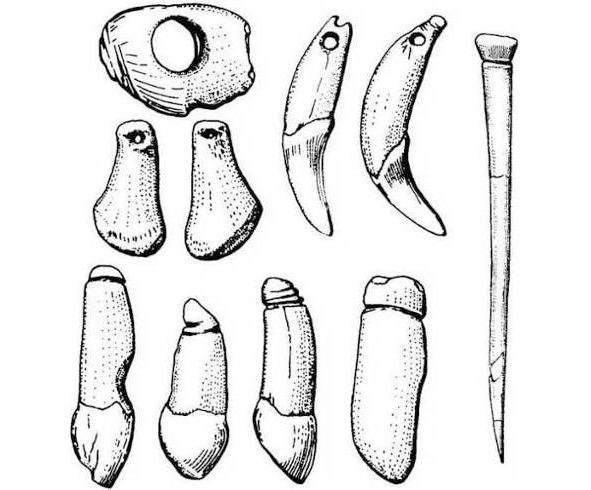
In the Kostenok 2 layer, they were again replaced by carriers of the proto-Lutrean culture. The same cultural change is known in Moravia and Germany.
However, the latest date of the Selet monuments is 30 thousand years BC, and the earliest Solutrean 23 thousand years BC.
Scientists say that perhaps a specific branch of the Solutrians, which was adapted to the marine environment and migrated across the North Atlantic along the ice front to colonize the east coast of North America, and this group did not share all the cultural characteristics of the Solutrians.
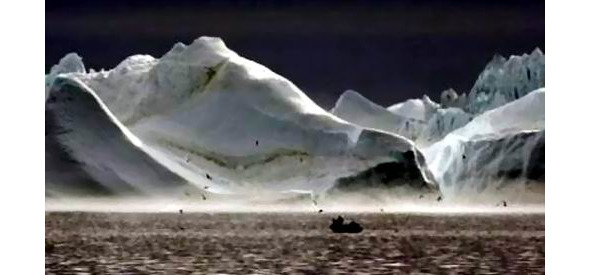
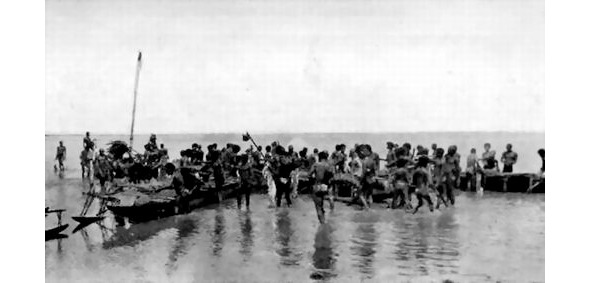
Most scientists rejected the hypothesis, believing that, firstly, the Solutrean culture reached its highest development long before the Clovis culture, and secondly, the ancient man was hardly able to cross the Atlantic. Essentially, neither the supporters nor the opponents of the hypothesis have irrefutable and substantial evidence, therefore the question of settling America has not yet been resolved.
But if we accept the whole theory of Alfred Wegener, then there were no problems with relocation.
The completely preserved skeletons of the Clovis culture were not found, so scientists don’t know what they looked like. Although the disaster swept the traces of the population of North America, but it could persist in Central and South America until the advent of the Mongoloids and the heyday of the culture of the Indians. In South America, the remains of people with severe Negroid and Melanesian characters are present. It is believed that the Negro-Melanesian population of South America, allocated in 10 thousand BC assimilated later came by the Mongoloids.
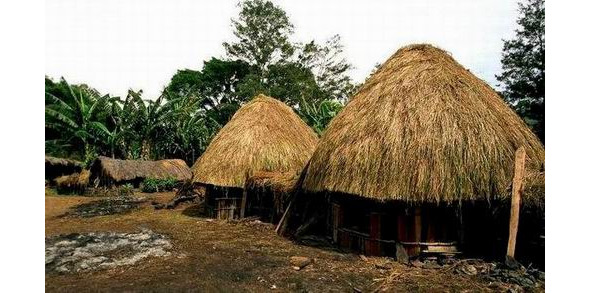
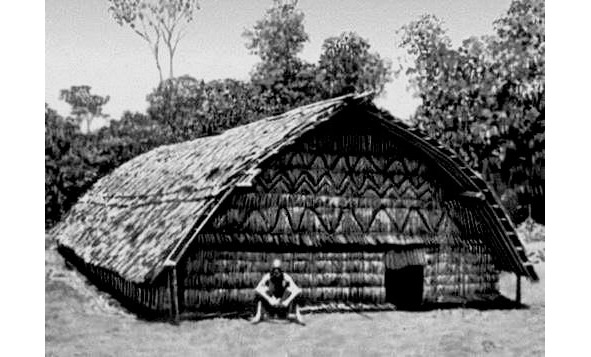
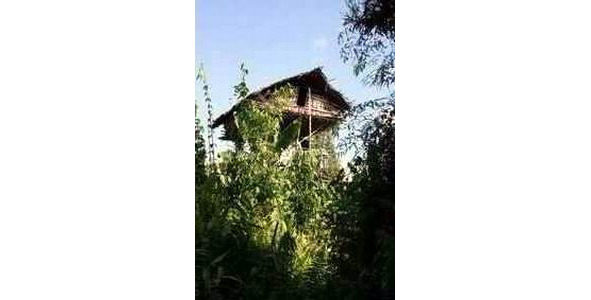
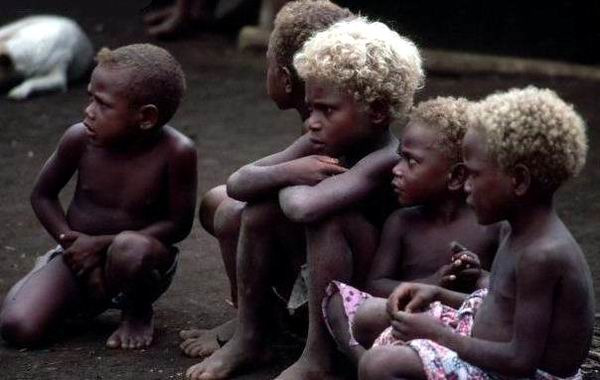


Бесплатный фрагмент закончился.
Купите книгу, чтобы продолжить чтение.